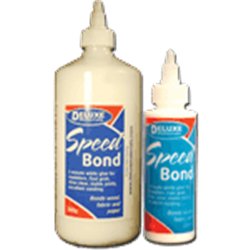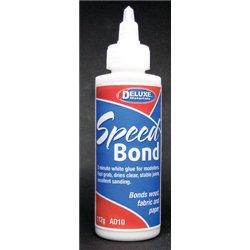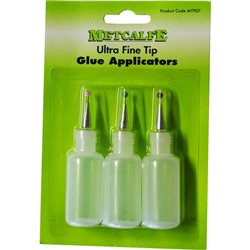The most appropriate size of thread to use for rigging a 1/48 scale biplane model would depend on the specific kit...
No products
Product successfully added to your shopping cart
There are 0 items in your cart. There is 1 item in your cart.
Search Tips
Christmas and New Year
We are dispatching orders every weekday apart from Christmas Day, Boxing Day and New Year's Day.
If you select next day delivery at checkout, please note deliveries are not made on public holidays or Sundays.
The shop in Sandown is open 23rd and 24th December, then closed from 25th December, reopening on 30th December.
My PVA glue won't flow from the bottle, should I replace it?
There is no need to replace the bottle, it is more than likely a build-up of dry glue inside the nozzle.
This is a common occurrence when the glue bottle is used regularly and the glue does not make it all the way back in to the applicator bottle at the end of use. This will continually build up until the flow is almost non existent or will not flow at all.
Just unscrew the top and look for a blockage. If you find a deposit of glue around the inside of the applicator nozzle, take an old pencil and poke around in the hardened glue until you feel it come free. Usually the glue will come out in a conical shape and feel like rubber.
Warm water can also help loosen the glue however you need to make sure it is not too hot otherwise you could damage the bottle.
Click here to receive the tips weekly in your mailbox. You can unsubscribe at any time.










